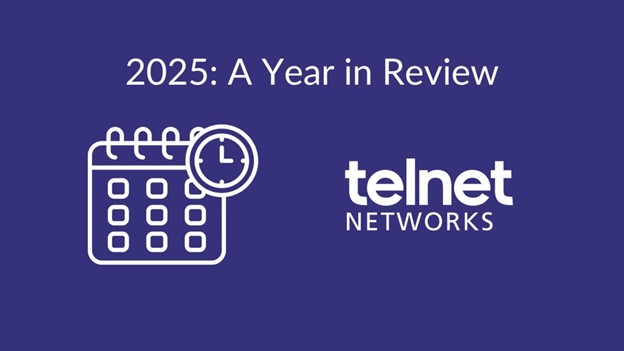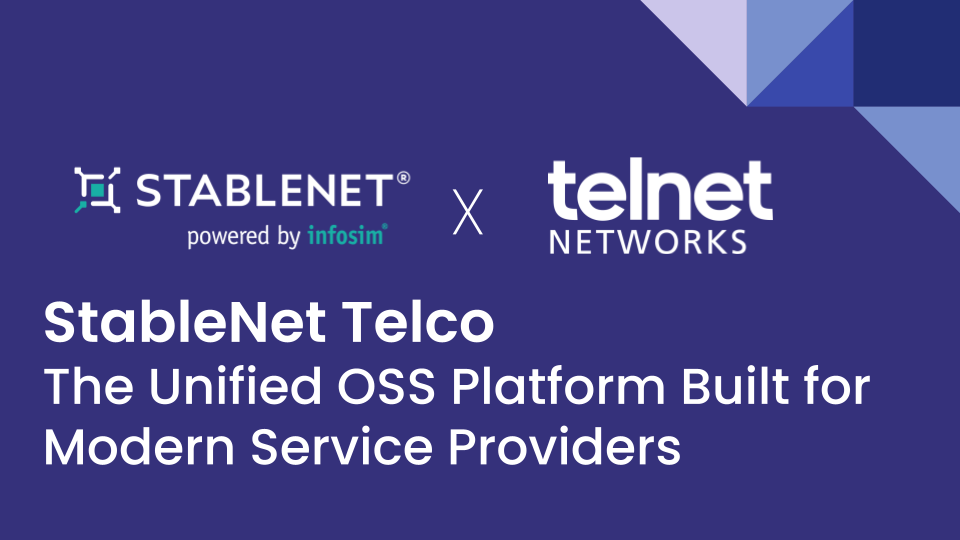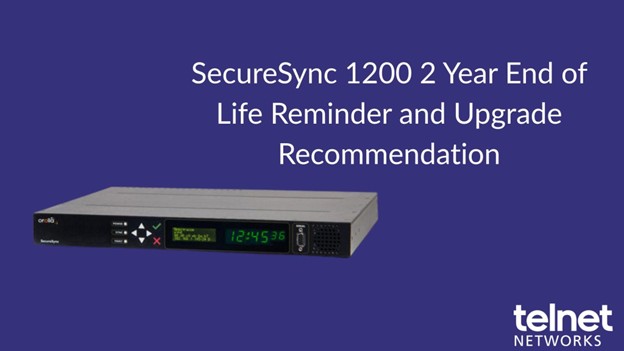Providing Contact Centres with Reliable, End-to-End Performance Metrics
Many people believe they are best served by real people, not by voice robots. That’s the rationale behind GetHuman.com. But the economics and utility of self-service as an alternative to live agent interactions are so compelling that self-service solutions are here to stay.
Providing multiple touch-points is a huge technology investment. Technology is great, but you can’t just diligently manage the implementation process and then assume all is well with the customer service experience. Because nothing is static in this world, it is extremely important to confirm from the customer perspective that your contact centre technology really is capable of delivering the experience you intend, one that defends your brand promise and delivers on it every day in production.
In 18 years of supporting clients through the installation phase and into the production phase of the contact centre lifecycle, we’ve learned many lessons about how to best evaluate and optimize the Customer Service Experience (CSE) that is the foundation of delivering your brand promise. This article introduces the process we’ve built based on our experience. It’s a process that ensures the contact centre technologies for which you’ve spent hundreds of thousands of dollars and count on to take care of your customers the way they want to be taken care of is, in fact, offering up the customer service experience you intend, an experience that delivers on your brand promise and doesn’t push customers away.
How?
 Introducing the Virtual Customer® Process
Introducing the Virtual Customer® Process
The Virtual Customer Process positions the customer service perspective as a key element of your technology management toolkit. It’s a proven process that ensures the customer service experience delivered is aligned with the intentions of the Customer Experience & Brand Management teams, because its first step is identifying key customer types and defining how they will interact with the contact centre technology you put in place. By doing so, the Virtual Customer Process goes beyond using only internal metrics that confirm everything is Working As Designed (WAD), it monitors and measures actual customer service experience as it’s delivered.
Once you have actual Customer Service Experience data, you can create a feedback loop by tweaking your systems and observing the impact on the actual CSE delivered, not just on internal metrics such as CPU time or QoS.
When you know the service experience delivered by your contact centre technologies defends your brand standards, you can also be confident the experience delivered increases satisfaction, builds loyalty and creates advocates.
What is the Virtual Customer Process?
The Virtual Customer Process is a multistep approach that first defines and then deploys Virtual Customers (VCs) to perform real, end-to-end transactions for the purpose of evaluating application and technology performance variables that impact Customer Service Experience.
What are “Virtual Customers?”
Virtual Customers are automated processes that follow test case scripts to interact with the Contact Centre just like real customers, performing real transactions.
How Does the Virtual Customer Process Work?
The first step in the Virtual Customer process is a communications assessment. During this step, key customer activities are identified, the associated Virtual Customer interactions are defined and scripted, and the plan for deploying the VCs so they can collect actionable data is mapped out. The challenge is selecting the best type(s) of VCs to perform the activity required to evaluate contact centre performance. Actionable data is CSE information that can be used to evaluate business solution performance relative to defined CSE objectives and metrics.
Deploying Virtual Customers
Once the VCs are defined and the ramp-up and rollout plans are established, the VCs are deployed as test traffic to access contact centre technololgy from the outside-in, providing your company with reliable, end-to-end performance metrics from the customer perspective.
Key considerations in deploying VCs include:
- Risk analysis and consequences
- Section of the right VC interactions
- Clearly defined availability and performance objectives and metrics
- Benchmark assessment
- Reporting and notification criteria
What is CSE Optimization?
- A process for deploying VCs to collect data that can be used to evaluate and improve business solution performance, relative to defined objectives and metrics
- An iterative process that tunes CSE delivered
Conclusion
Properly implemented, the Virtual Customer Process® is a critical element of an integrated continuous improvement process. It hones and perfects a customer service experience that defends your brand promise, thereby positively impacting key metrics such as customer effort, customer loyalty, and net promoter score. Experiences that mirror your brand promise ultimately have bottom line impact. Optimizing customer service experience is a direct path to enhancing ROI.
Thanks to IQ Services for the article.






